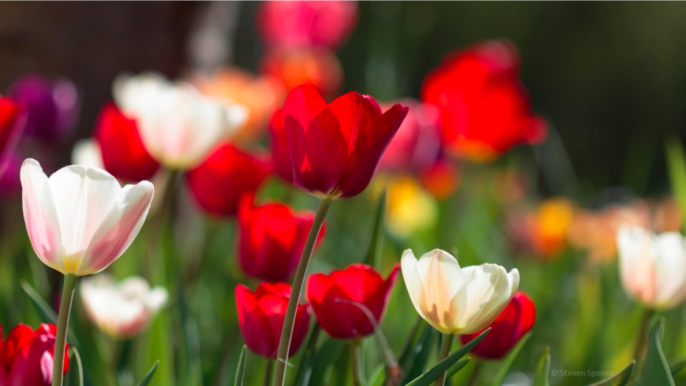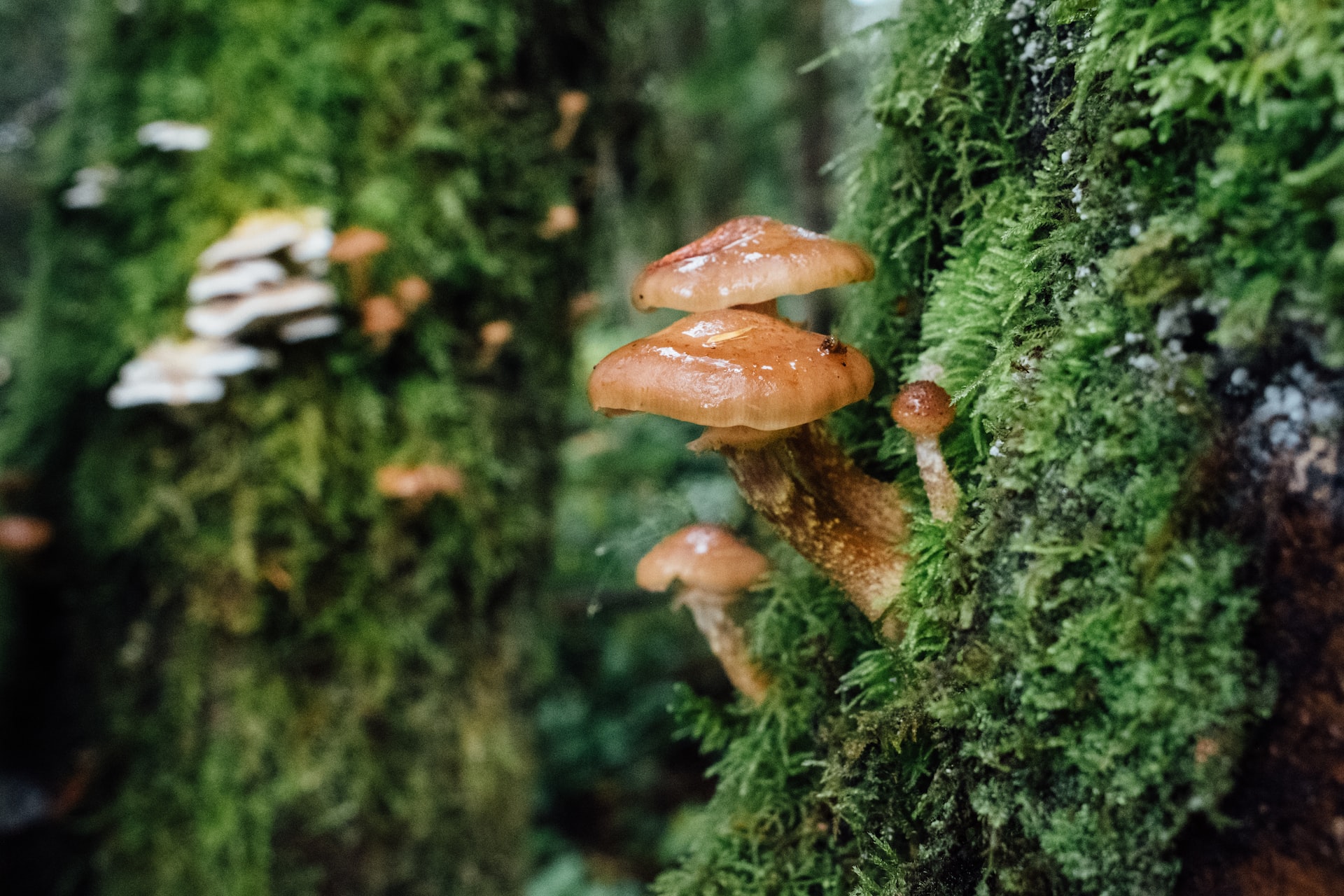Gardens inevitably attract insect pests. How can you use organic gardening techniques to protect your plants from pests and maintain a garden that is safe for pollinators and other animals?
Gardens are a delight
Sadly, it’s not just gardeners, bees, butterflies, and birds that enjoy our beautiful springtime gardens. Gardens inevitably also attract insect pests, as I know firsthand from working on my little plot with flowers and fruit trees. In my first year of gardening, I didn’t know what to do to get rid of an aphid infestation, so I went to a local garden supply store and was advised to buy some spray-on pesticides, which I reluctantly used. After that experience, I began to talk with other gardeners and read about alternatives to pesticides. Since then I’ve controlled insect pests in my garden through natural methods because I want our apples and cherries to be pesticide-free, which is also quite good for the bees and butterflies that visit.
Defenses and countermeasures
In dealing with a pest invasion, there are multiple alternatives to pesticides available to gardeners. Here are four methods that provide gardeners with a broad set of tools.
- Companion planting: planting certain types of plants will keep some pests away.
- “Soft” chemicals: soap, stinging nettles, and rhubarbs provide excellent alternatives to pesticides.
- Parasites: certain pests are often easily targeted by specific parasites.
- Predators: ladybird beetles and birds will decimate many pest infestations in short order.
Organic gardening with companion planting
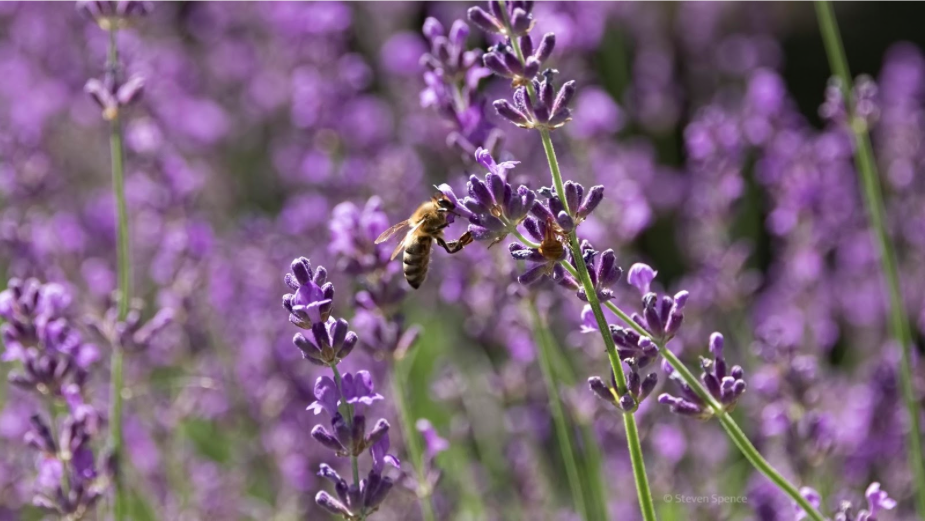
The idea behind companion planting is to deter insects by strategically placing plants known to repel certain types of pests. Companion planting is sustainable and, in some cases, can even improve the soil through nitrogen fixation. Here are a few examples of companion planting.
- Allium species (such as onions, chives, garlic, leeks, and shallots) are great to plant around vegetables (including tomatoes, potatoes, cabbage, broccoli, and carrots) and roses. They help repel aphids, slugs, carrot flies, Japanese beetles, and cabbage worms.
- Petunias repel aphids, tomato hornworms, leafhoppers, and squash bugs.
- Lavender repels moths and their caterpillars, fleas, flies, and mosquitoes. It is excellent on garden paths or near entryways. Learn more: Genetics Behind Lavender’s Popular Scent
“Soft” chemicals
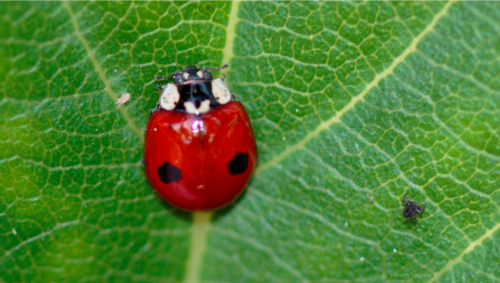
Commonly used insecticides contain pyrethroids (synthetic versions of pyrethrin, a chemical found in chrysanthemums) or neonicotinoids (similar to nicotine). Consumers may not know they are using a neonicotinoid, as the active ingredient may have a dissimilar name (for example, the most commonly used neonicotinoid is imidacloprid).
Both pyrethroids and neonicotinoids have raised concerns about their impact on beneficial insects such as bees. Softer, safer alternatives can often be used, avoiding side effects on groundwater and beneficial insects.
- Soaps, diluted to less than 2 percent, can be used in gardens. Household soaps will often suffice, but some sensitive plants such as cherry trees and sweet peas may find household soaps too harsh. Garden centers often have a suitable soap spray for these plants.
- Plant oils, although not viable on a commercial scale, applied in a small residential garden can be effective against pests. Examples of such oils include rosemary, eucalyptus, geranium, thyme, lavender, and lemongrass.
Sometimes no chemical is needed at all. Physically brushing away caterpillar nets or washing pests off plants with a stream of water may do the trick.
Want to better understand how plants turn sunlight into fuel? Read this: Lasers Shed Light on Photosynthesis
Organic Gardening vs. Parasites
One of the benefits of applying or attracting parasites is that parasites generally target host insects specifically. Here are examples of parasites at work.

- Nosema locustae is a fungal spore typically attached to wheat bran for dispersion. When this parasite is attached, grasshoppers consume less wheat bran and eventually die.
- Wasps are natural parasites of many common insect infestations. They lay their eggs in pests, and the wasp larvae consume the hosts. They are effective against a wide range of pests including aphids, scale, whiteflies, and some caterpillars.
- Nematodes are a type of unsegmented roundworm. Beneficial nematodes can be used against a wide variety of insect pests, including grubs and insects in their larval stages. Japanese beetles and lawn grubs are just two examples of insects controlled by beneficial nematodes.
Predators
This is one of my preferred methods of pest control. Ladybird beetles, birds, and frogs are fantastic allies in battling garden pests.

- Ladybird larvae are voracious and will decimate aphid infestations quickly. The adults are also good at eating aphids but only consume approximately one-third as much as they do during their larval stage.
- Frogs and toads eat slugs, snails, and some insect pests.
- Lacewings are excellent at eating aphids, blackflies, and whiteflies.
- Birds are great predators of insect pests. Blackbirds and various tits are common visitors to my garden and eat a wide variety of insects, especially caterpillars and sometimes grubs. I have observed firsthand that birds are excellent at keeping pests out of my fruit trees. (The blackbirds consume some of my cherries each year, but I let it happen as there is enough for all of us. Nets are effective protection when the cherries are ripening.)
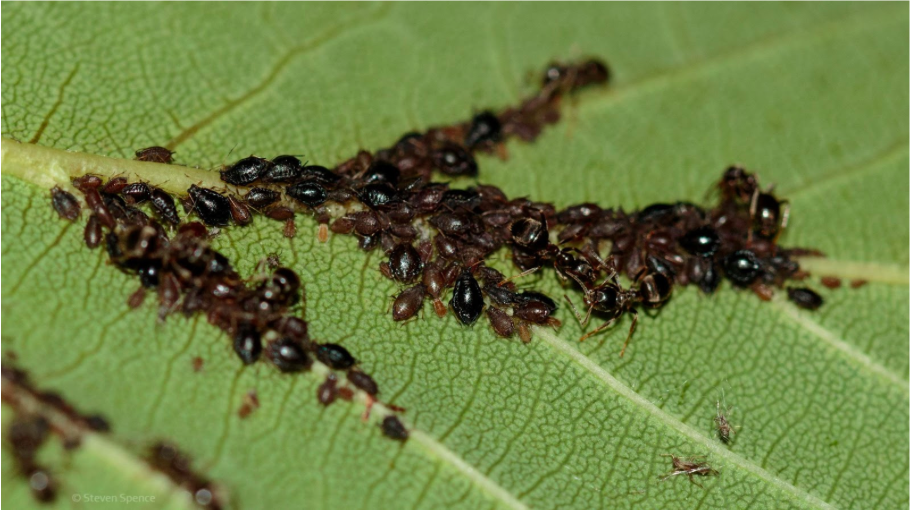

All photos by the author.
More information about organic gardening
Urban Gardening’s Benefits Outweigh Lead Exposure Risk – Three years after the Flint water crisis began, lead in drinking water continues to make headlines across the United States. But should city dwellers also be worried about lead exposure from something as innocent as their neighborhood garden?
Urban green spaces make cities happier – Urban green spaces improve mental health, physical well-being, happiness, and community engagement. So why don’t we have more of them?
Wounding Leaves Produces Sweeter Organic Strawberries – Organic strawberry plants produce more phytochemicals to combat damage, resulting in stronger, sweeter fruits with more health benefits.
Genetics Behind Lavender’s Popular Scent – The scent of lavender is loved by humans and insects alike, but what makes lavender scent so attractive? A group of scientists decided to find out.
Make Your Garden a Powerhouse for Pollinators – Home gardens are by far the biggest source of food for pollinating insects, including bees and wasps, in cities and towns.
Safety Concerns Surrounding Pesticide Use – Hazards posed by pesticides to human health and the environment have long been a bone of contention, leaving people confused and in need of clear guidelines.
Curing Plant Blindness at Botanical Gardens and Farms – “Plant blindness,” the lack of awareness of plants and their importance, is addressed by botanical gardens and agricultural farms.
Bug Bacteria Helps Rice Plants Boost Immunity – Rice is the most widely consumed staple cereal crop for about half of the world’s human population, but its cultivation comes with inherent challenges, such as crop attacks by herbivorous pests.

